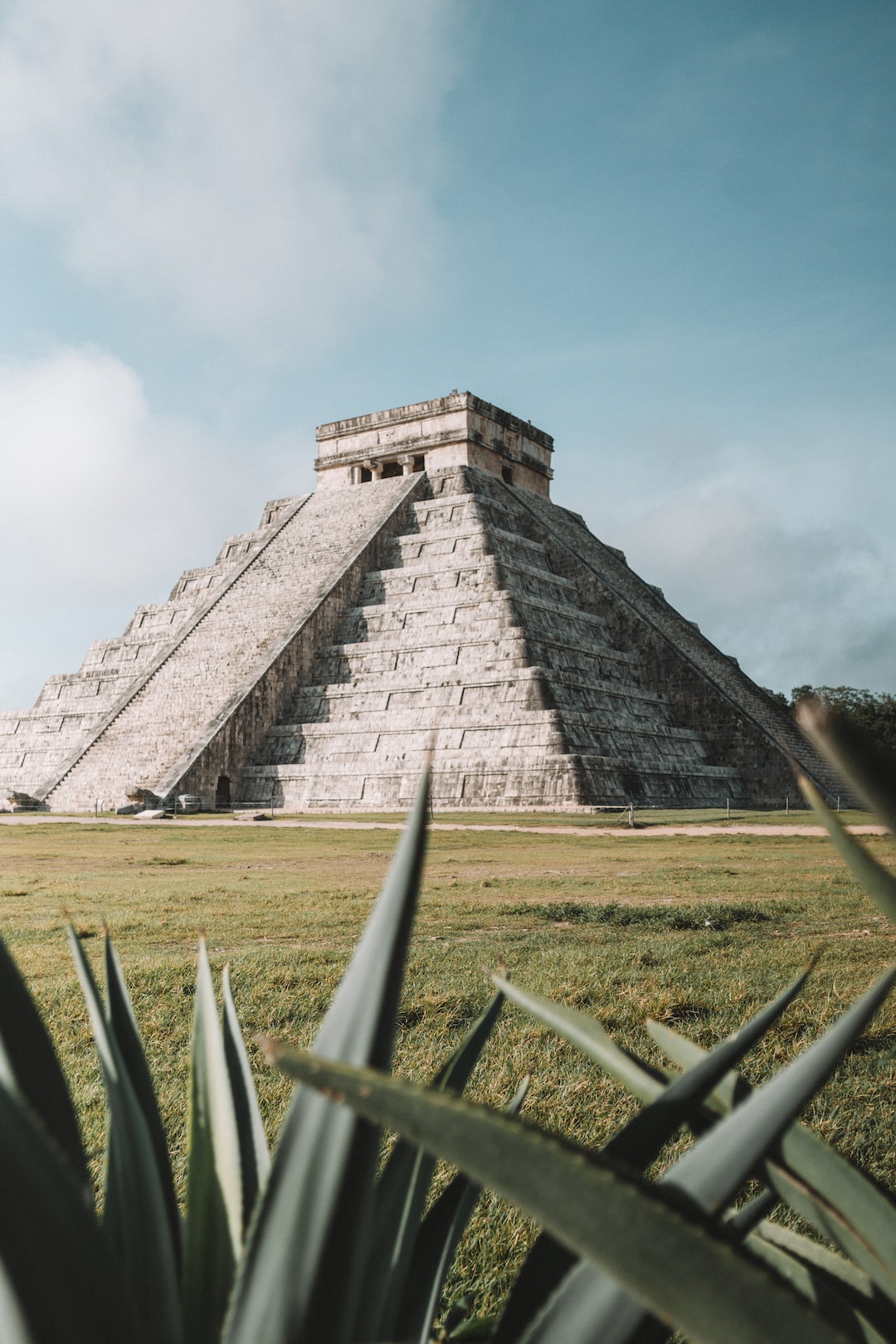When it comes to size, crocodiles are known to be some of the largest living reptiles on Earth. They are fearsome predators that have been around for millions of years, and their size and strength make them one of the most formidable creatures in the animal kingdom. But what is the largest crocodile alive today? Let’s find out!
Saltwater Crocodile
The saltwater crocodile, also known as the estuarine crocodile or “saltie,” is the largest living reptile in the world. These massive creatures can be found in the coastal regions of Southeast Asia, Northern Australia, and the surrounding islands. Male saltwater crocodiles can reach lengths of up to 6-7 meters (20-23 feet) and weigh around 1,000-1,200 kilograms (2,200-2,600 pounds). Some exceptional individuals have been reported to exceed these sizes.
Female saltwater crocodiles are relatively smaller, with an average length of about 3-4 meters (10-13 feet) and a weight of 400-600 kilograms (880-1,320 pounds). Despite their size difference, both males and females are equally powerful and capable predators.
American Crocodile
While not as large as the saltwater crocodile, the American crocodile is another impressive species. They are mainly found in southern Florida, the Caribbean, and parts of Central and South America. Adult males can reach lengths of up to 4-5 meters (13-16 feet) and weigh around 400-600 kilograms (880-1,320 pounds).
Female American crocodiles are generally smaller, measuring about 2.5-3.5 meters (8-11 feet) in length and weighing around 200-300 kilograms (440-660 pounds). These crocodiles primarily inhabit coastal brackish waters, such as mangrove swamps, lagoons, and estuaries.
Nile Crocodile
The Nile crocodile is another species known for its large size. They are native to the freshwater marshes, lakes, and rivers of sub-Saharan Africa. Adult males can grow up to 4-5 meters (13-16 feet) in length and weigh around 400-700 kilograms (880-1,540 pounds).

Female Nile crocodiles are relatively smaller, with an average length of about 3-4 meters (10-13 feet) and a weight of 200-300 kilograms (440-660 pounds). These crocodiles are known for their aggressive nature and are responsible for numerous attacks on humans in their native habitat.
Other Large Species
Aside from the three mentioned above, there are several other crocodile species that can grow to impressive sizes. The Indo-Pacific crocodile, also known as the “salties,” can reach lengths of up to 6 meters (20 feet). The Philippine crocodile, Cuban crocodile, and Orinoco crocodile are some other species known for their large sizes.
It’s important to note that determining the exact size of a crocodile in the wild can be challenging. Many reported sizes are based on estimates, as it is not always feasible to measure a wild crocodile accurately. Additionally, some individuals may grow larger than average due to genetic factors, diet, and environmental conditions.
In conclusion, the largest crocodile alive today is the saltwater crocodile, with males reaching lengths of up to 6-7 meters (20-23 feet). However, several other crocodile species can also grow to impressive sizes. These magnificent reptiles are a testament to the wonders of the natural world and serve as a reminder of the incredible diversity that exists on our planet.